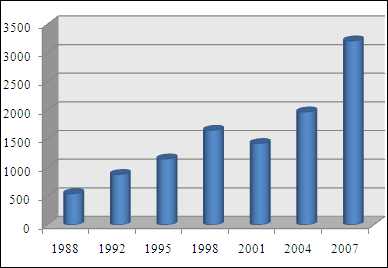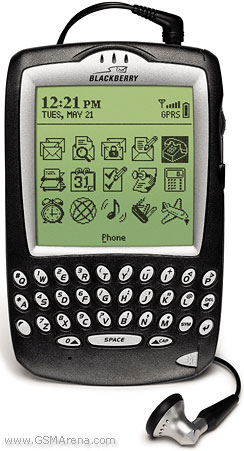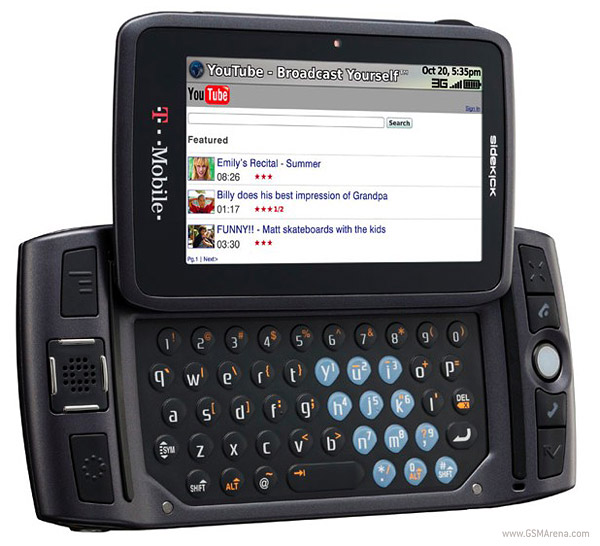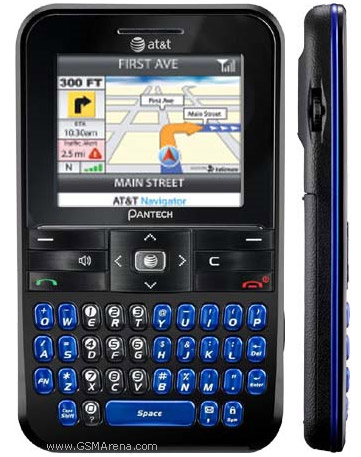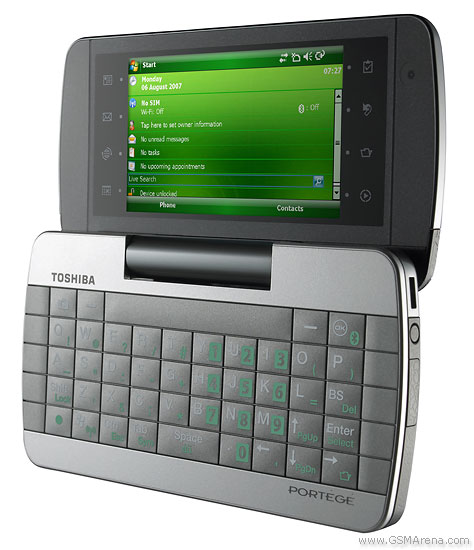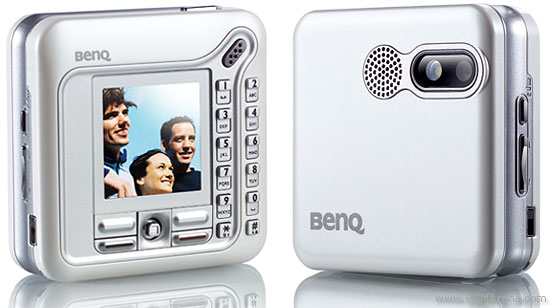ADX (Average Directional Index) — standard technical indicator that measures the strength of a trend.
Ask (Offer) — price of the offer, the price you buy for.
Aussie — a Forex slang name for the Australian dollar.
Bank Rate — the percentage rate at which central bank of a country lends money to the country's commercial banks.
Bid — price of the demand, the price you sell for.
Broker — the market participating body which serves as the middleman between retail traders and larger commercial institutions.
Cable — a Forex traders slang word GBP/USD currency pair.
Carry Trade — in Forex, holding a position with a positive overnight interest return in hope of gaining profits, without closing the position, just for the central banks interest rates difference.
CCI (Commodity Channel Index) — a cyclical technical indicator that is often used to detect overbought/oversold states of the market.
CFD — a Contract for Difference — special trading instrument that allows financial speculation on stocks, commodities and other instruments without actually buying.
Commission — broker commissions for operation handling.
CPI — consumer price index the statistical measure of inflation based upon changes of prices of a specified set of goods.
EA (Expert Advisor) — an automated script which is used by the trading platform software to manage positions and orders automatically without (or with little) manual control.
ECN Broker — a type of Forex brokerage firm that provide its clients direct access to other Forex market participants. ECN brokers don't discourage scalping, don't trade against the client, don't charge spread (low spread is defined by current market prices) but charge commissions for every order.
ECB (European Central Bank) — the main regulatory body of the European Union financial system.
Fed (Federal Reserve) — the main regulatory body of the United States of America financial system, which division — FOMC (Federal Open Market Committee) — regulates, among other things, federal interest rates.
Fibonacci Retracements — the levels with a high probability of trend break or bounce, calculated as the 23.6%, 32.8%, 50% and 61.8% of the trend range.
Flat (Square) — neutral state when all your positions are closed.
Fundamental Analysis — the analysis based only on news, economic indicators and global events.
GDP (Gross Domestic Product) — is a measure of the national income and output for the country's economy; it's one of the most important Forex indicators.
GTC (Good Till Cancelled) — order to buy or sell of a currency with a fixed price or worse. The order is alive (good) until execution or cancellation.
Hedging — maintaining a market position which secures the existing open positions in the opposite direction.
Jobber — a slang word for a trader which is aimed toward fast but small and short-term profit from an intra-day trading. Jobber rarely leaves open positions overnight.
Kiwi — a Forex slang name for the New Zealand currency — New Zealand dollar.
Leading Indicators — a composite index (year 1992 = 100%) of ten most important macroeconomic indicators that predicts future (6-9 months) economic activity.
Limit Order — order for a broker to buy the lot for fixed or lesser price or sell the lot for fixed or better price. Such price is called limit price.
Liquidity — the measure of markets which describes relationship between the trading volume and the price change.
Long — the position which is in a Buy direction. In Forex, the primary currency when bought is long and another is short.
Loss — the loss from closing long position at lower rate than opening or short position with higher rate than opening, or if the profit from a position closing was lower than broker commission on it.
Lot — definite amount of units or amount of money accepted for operations handling (usually it is a multiple of 100).
Margin — money, the investor needs to keep at broker account to execute trades. It supplies the possible losses which may occur in margin trading.
Margin Account — account which is used to hold investor's deposited money for FOREX trading.
Margin Call — demand of a broker to deposit more margin money to the margin account when the amount in it falls below certain minimum.
Market Order — order to buy or sell a lot for a current market price.
Market Price — the current price for which the currency is traded for on the market.
Momentum — the measure of the currency's ability to move in the given direction.
Moving Average (MA) — one of the most basic technical indicators. It shows the average rate calculated over a series of time periods. Exponential Moving Average (EMA), Weighted Moving Average (WMA) etc. are just the ways of weighing the rates and the periods.
Offer (Ask) — price of the offer, the price you buy for.
Open Position (Trade) — position on buying (long) or selling (short) for a currency pair.
Order — order for a broker to buy or sell the currency with a certain rate.
Pivot Point — the primary support/resistance point calculated basing on the previous trend's High, Low and Close prices.
Pip (Point) — the last digit in the rate (e.g. for EUR/USD 1 point = 0.0001).
Profit (Gain) — positive amount of money gained for closing the position.
Principal Value — the initial amount of money of the invested.
Realized Profit/Loss — gain/loss for already closed positions.
Resistance — price level for which the intensive selling can lead to price increasing (up-trend).
RSI (Relative Strength Index) — indicator that measures of the power of direction price movement by comparing the bullish and bearish portions of the trend.
Scalping — a style of trading notable by many positions that are opened for extremely small and short-term profits.
Settled (Closed) Position — closed positions for which all needed transactions has been made.
Slippage — execution of order for a price different than expected (ordered), main reasons for slippage are — "fast" market, low liquidity and low broker's ability to execute orders.
Spread — difference between ask and bid prices for a currency pair.
Standard Lot — 100,000 units of the base currency of the currency pair, which you are buying or selling.
Stop-Limit Order — order to sell or buy a lot for a certain price or worse.
Stop-Loss Order — order to sell or buy a lot when the market reaches certain price. It is used to avoid extra losses when market moves in the opposite direction. Usually is a combination of stop-order and limit-order.
Support — price level for which intensive buying can lead to the price decreasing (down-trend).
Swap — overnight payment for holding your position. Since you are not physically receiving the currency you buy, your broker should pay you the interest rate difference between the two currencies of the pair. It can be negative or positive.
Technical Analysis — the analysis based only on the technical market data (quotes) with the help of various technical indicators.
Trend — direction of market which has been established with influence of different factors.
Unrealized (Floating) Profit/Loss — a profit/loss for your non-closed positions.
Useable Margin — amount of money in the account that can be used for trading.
Used Margin — amount of money in the account already used to hold open positions open.
Volatility — a statistical measure of the number of price changes for a given currency pair in a given period of time.
VPS (Virtual Private Server) — virtual environment hosted on the dedicated server, which can be used to run the programs independent on the user's PC. Forex traders use VPS to host trading platforms and run expert advisors without unexpected interruptions.
